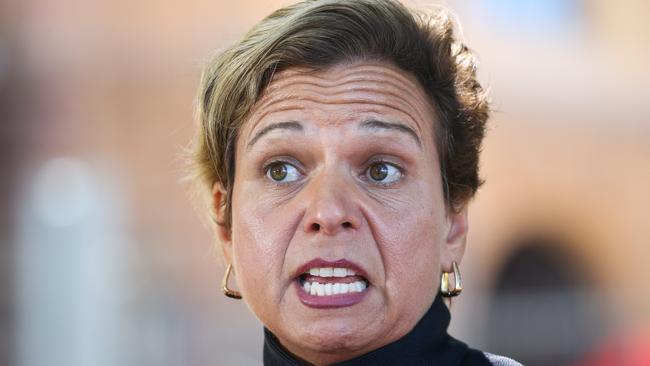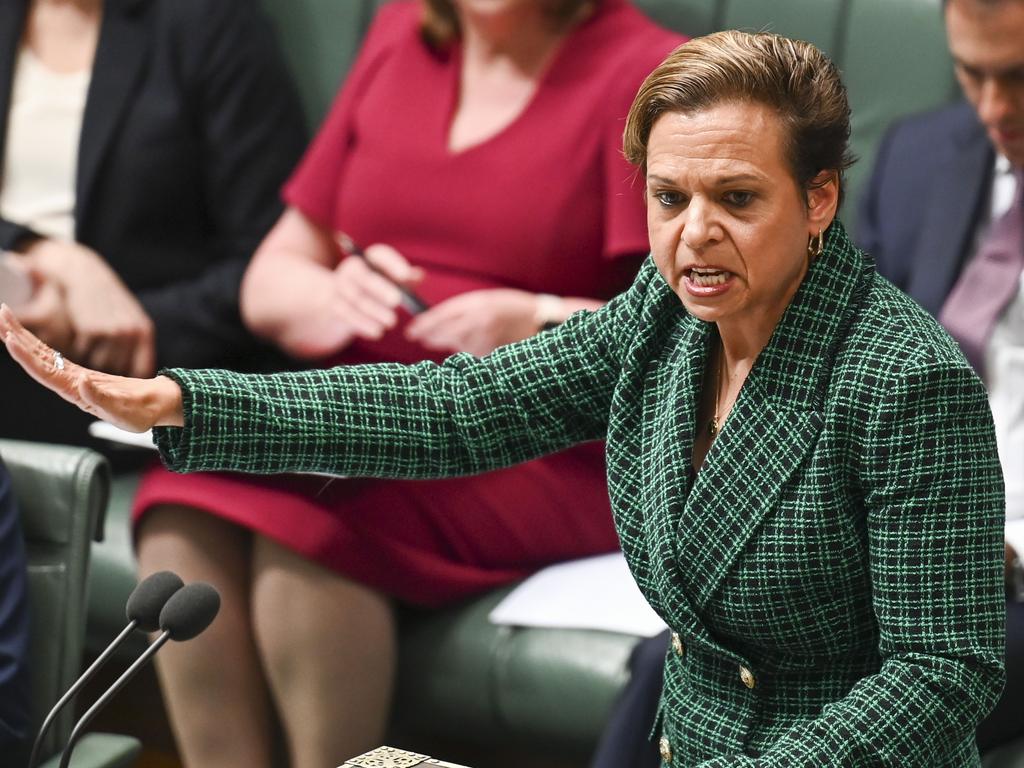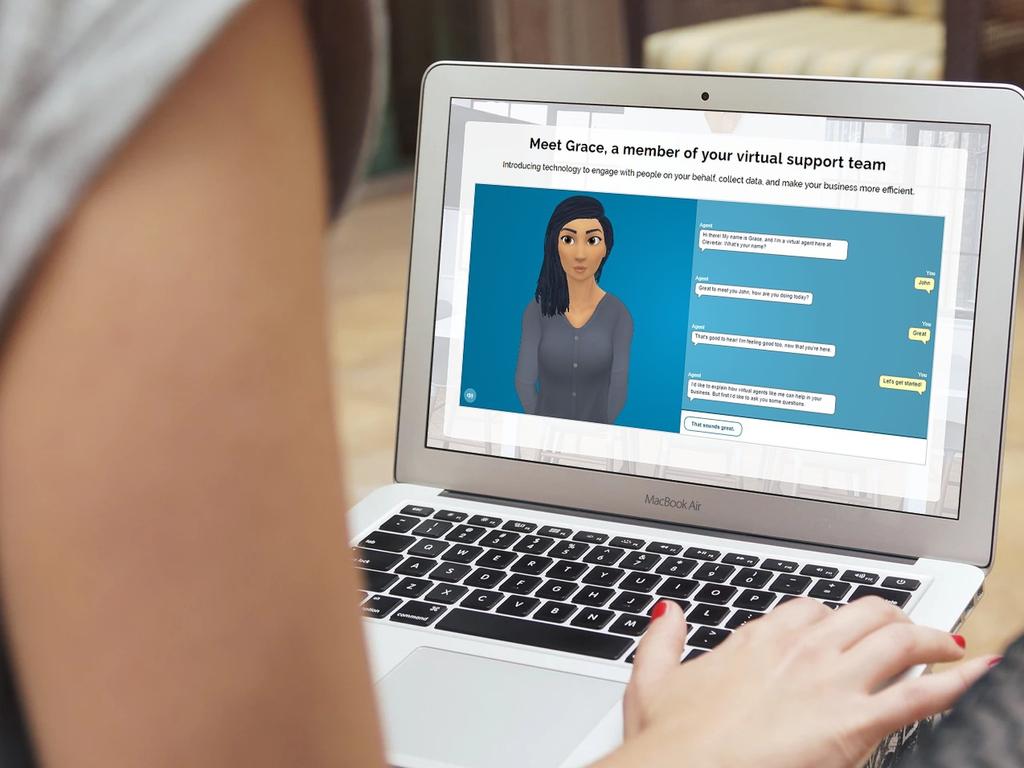Age verification trial under consideration
Digital IDs, voice scans and facial recognition software could be considered as part of an ‘age assurance’ trial for stopping children accessing pornography online.

Digital IDs, voice scans and facial recognition software could be considered as part of an “age assurance” trial under consideration by the government in a bid to stop children accessing pornography online.
Communications Minister Michelle Rowland on Thursday released the long-awaited eSafety Commissioner’s age verification road map, which made a suite of recommendations on how to stop children being exposed to sexualised online material.
eSafety Commissioner Julie Inman Grant revealed in the road map that about 75 per cent of 16 to 18-year-olds had seen online pornography, with nearly a third of those having seen it before they turned 13.
More than a third of the young people surveyed said they had first encountered pornography on social media, while about 70 per cent sad they had seen it on pornography websites. Another 17 per cent first encountered the material in group chats.
“This material … may often contain depictions of sexual violence and degrading sexual scripts about women, and forming a significant proportion of the global online pornography market,” the road map said.
While stressing the need to prevent children gaining access to pornography before they were developmentally ready, the commissioner noted that many age verification technologies were themselves still “immature”.
“ID-based solutions can provide a high level of certainty but risk excluding those without access to ID, whereas facial estimation technology is promising but may offer a lower level of certainty, and may vary in accuracy based on skin tone, gender, and physical differences,” the road map said. “For these and other reasons … age assurance technologies should be trialled in Australia … before being mandated.”
The road map pointed to examples of age assurance technologies already being used on social media sites, search engines and gaming platforms, including scanning IDs, credit cards and facial features.
Research by the eSafety Commission found more than three in four Australians supported age assurance technology being used by the federal government to confirm users met a minimum age to access online pornography.
The road map also called for an “online safety tech centre” to be established to support parents and carers in keeping their children safe online, and for the government to fund eSafety to develop more educational resources for parents and schools.
Ms Rowland left the door open to a trial on age assurance technologies, after the development of industry codes from 2024 that sought to ensure children were not given access to online accounts without parental consent.
“The government will seek further information on consideration of a pilot as recommended by the eSafety Commissioner – following the conclusion of the industry codes process, which is a critical step in keeping children safe,” the minister said.






